1 October 2014
In his works, it is impossible to follow a line or a staircase, to gaze into a mirror, and think you are heading in a preestablished direction: all logic is unfailingly disregarded. Maurits Cornelis Escher (1878-1922) paved the way to labyrinthine places, made up of suspended spaces and optical illusions, mathematical laws and continual wrong-footings. In them surrealism is fused with his peculiar vision of the world, making him a one-off in the history of contemporary art. Now, an exhibition at the Chiostro del Bramante retraces his unique artistic adventure, focusing in particular on his stay in Italy: from 1924 to 1935, in fact, Escher lived in Rome and traveled a great deal around the country, especially in the South. The journeys he made to Calabria and Sicily became a source of inspiration for his works. His eyes took in their monuments, abandoned villages and above all nature, and then reinterpreted them and broke them down in marvelous tricks of perspective.
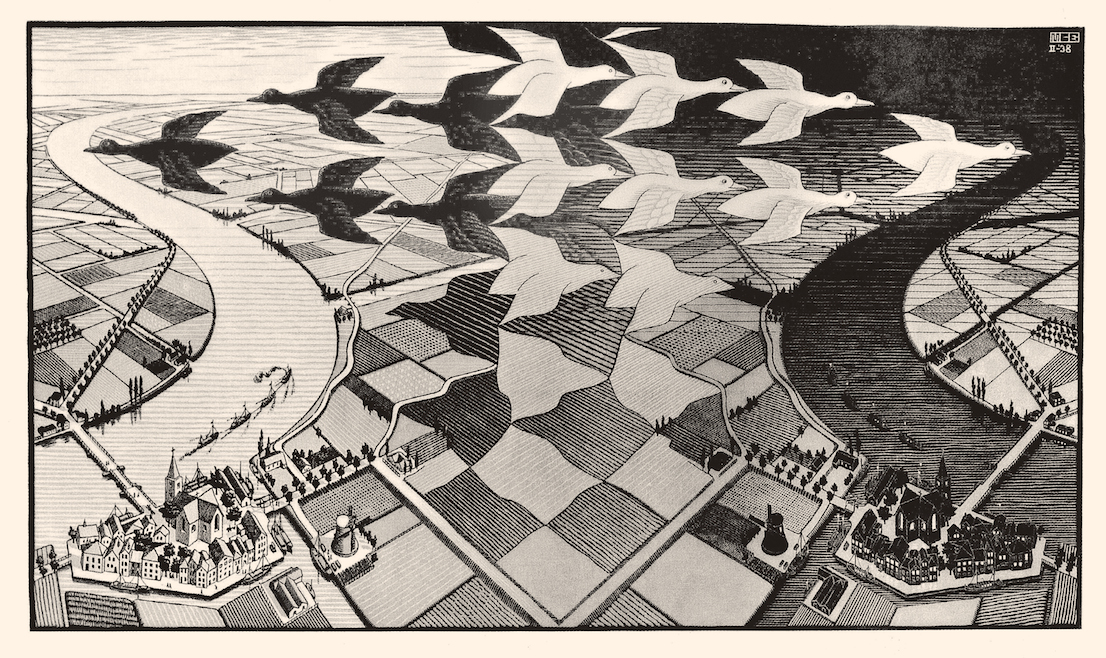
Maurits Cornelis Escher, Giorno e notte, 1938. Baarn, M.C. Escher Foundation. © 2014 The M.C. Escher Company.
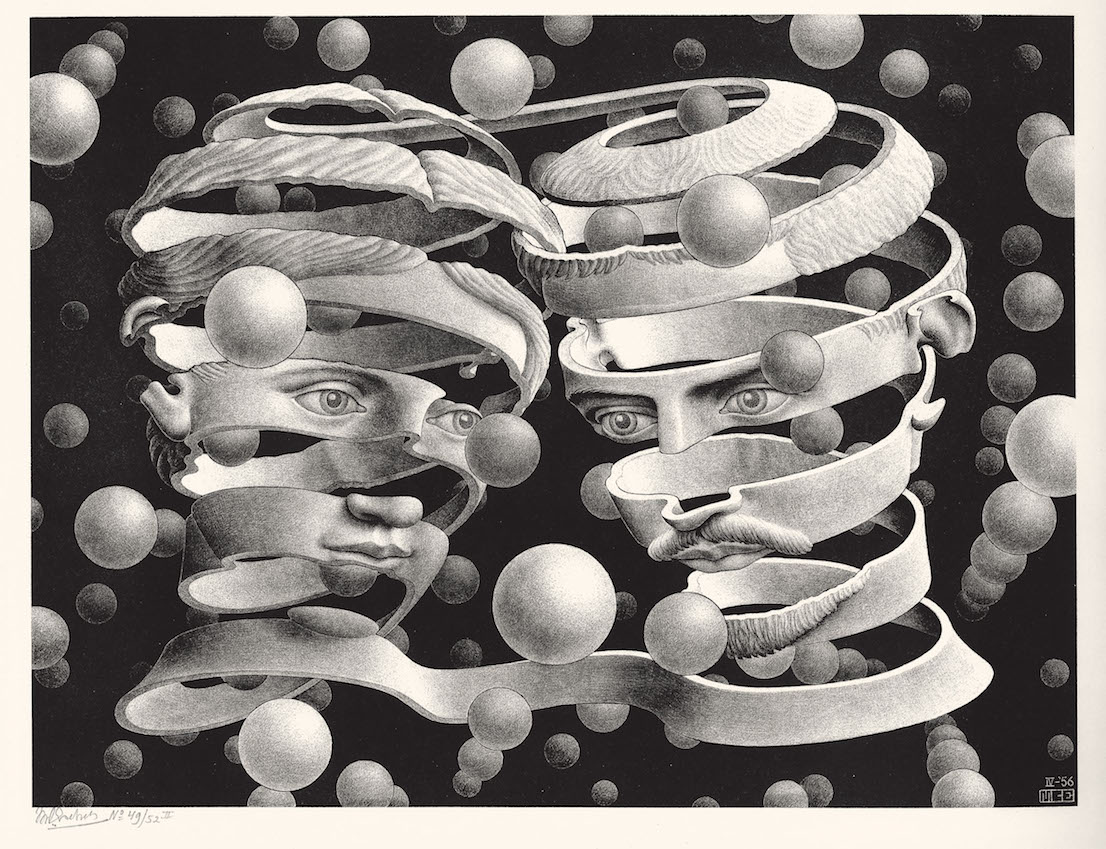
Maurits Cornelis Escher, Vincolo d’unione, 1956. Collezione Federico Giudiceandrea. © 2014 The M.C. Escher Company.
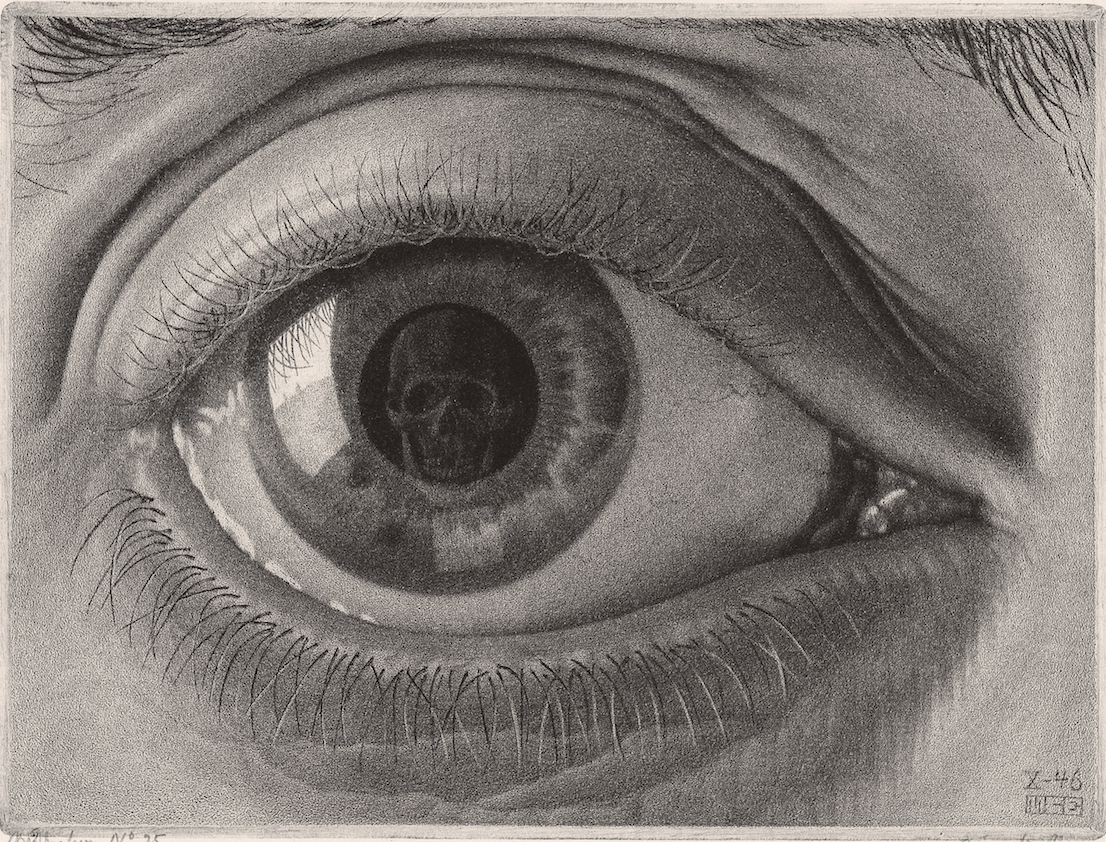
Maurits Cornelis Escher, Occhio, 1946. Collezione privata. © 2014 The M.C. Escher Company.
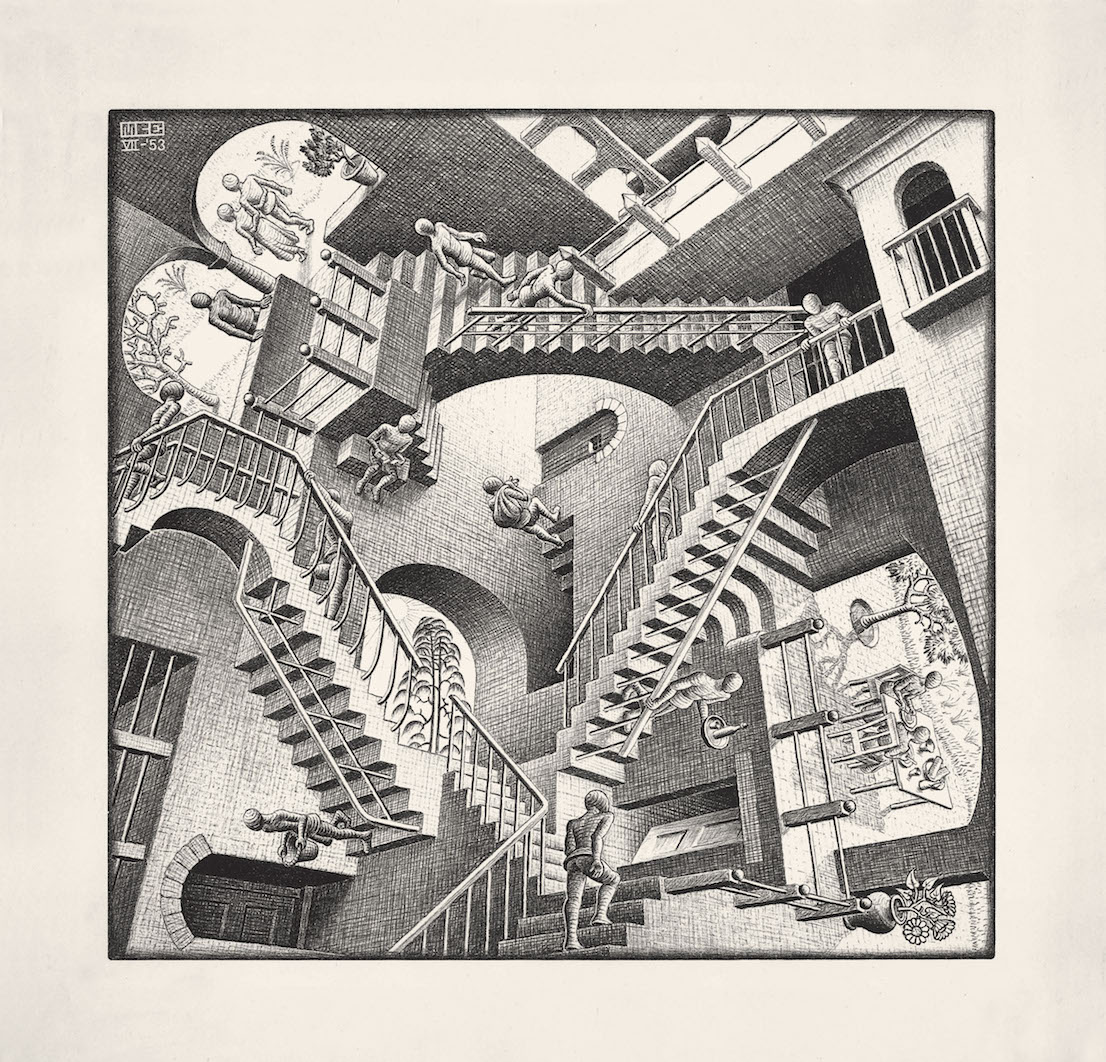
Maurits Cornelis Escher, Casa di scale (Relatività), 1951. Collezione Federico Giudiceandrea. © 2014 The M.C. Escher Company.

Maurits Cornelis Escher, Cielo e acqua I, 1938. Collezione Federico Giudiceandrea. © 2014 The M.C. Escher Company.
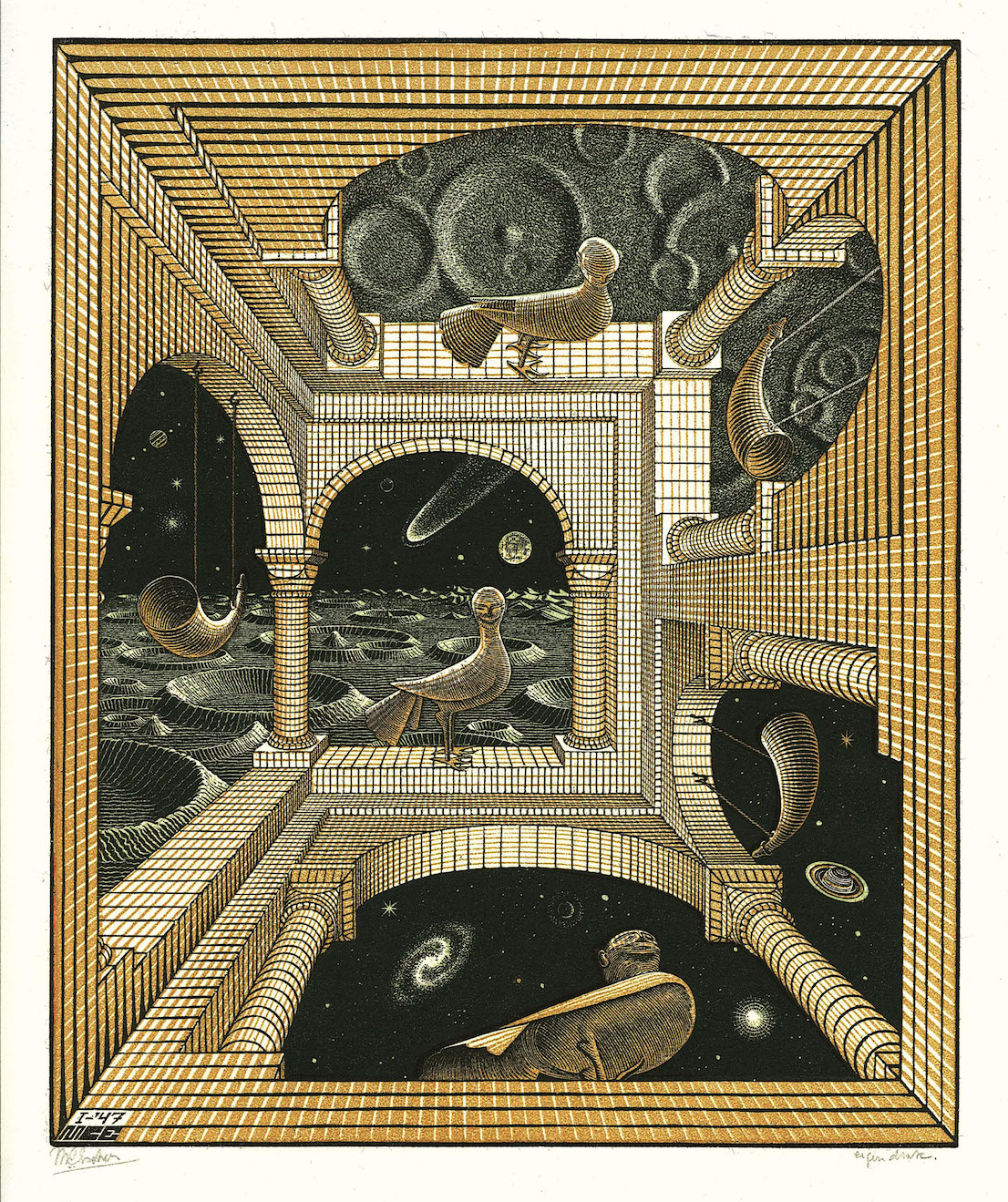
Maurits Cornelis Escher, Altro mondo II, 1947. Collezione privata. © 2014 The M.C. Escher Company.
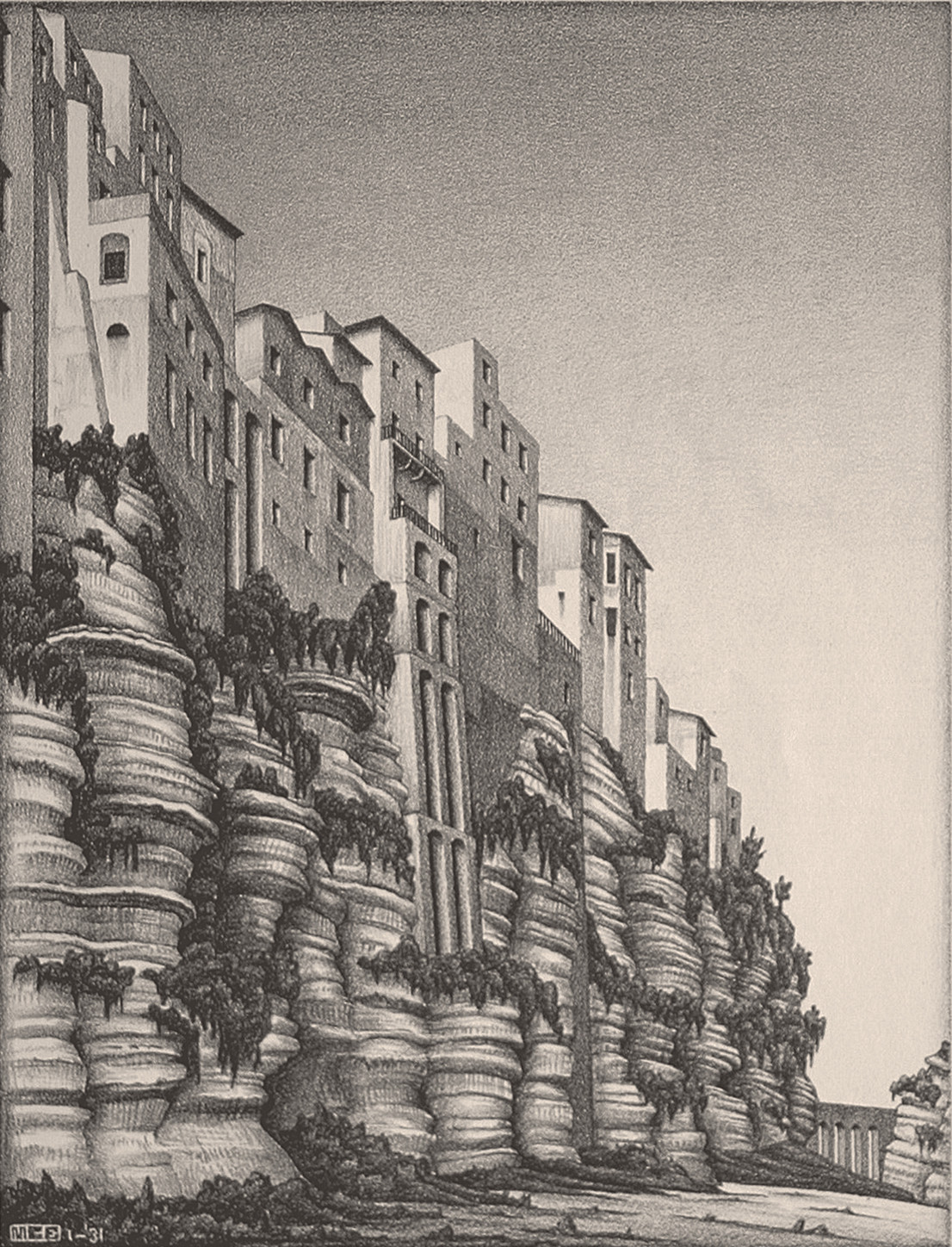
Maurits Cornelis Escher, Tropea, Calabria, 1931. Collezione Federico Giudiceandrea. © 2014 The M.C. Escher Company.
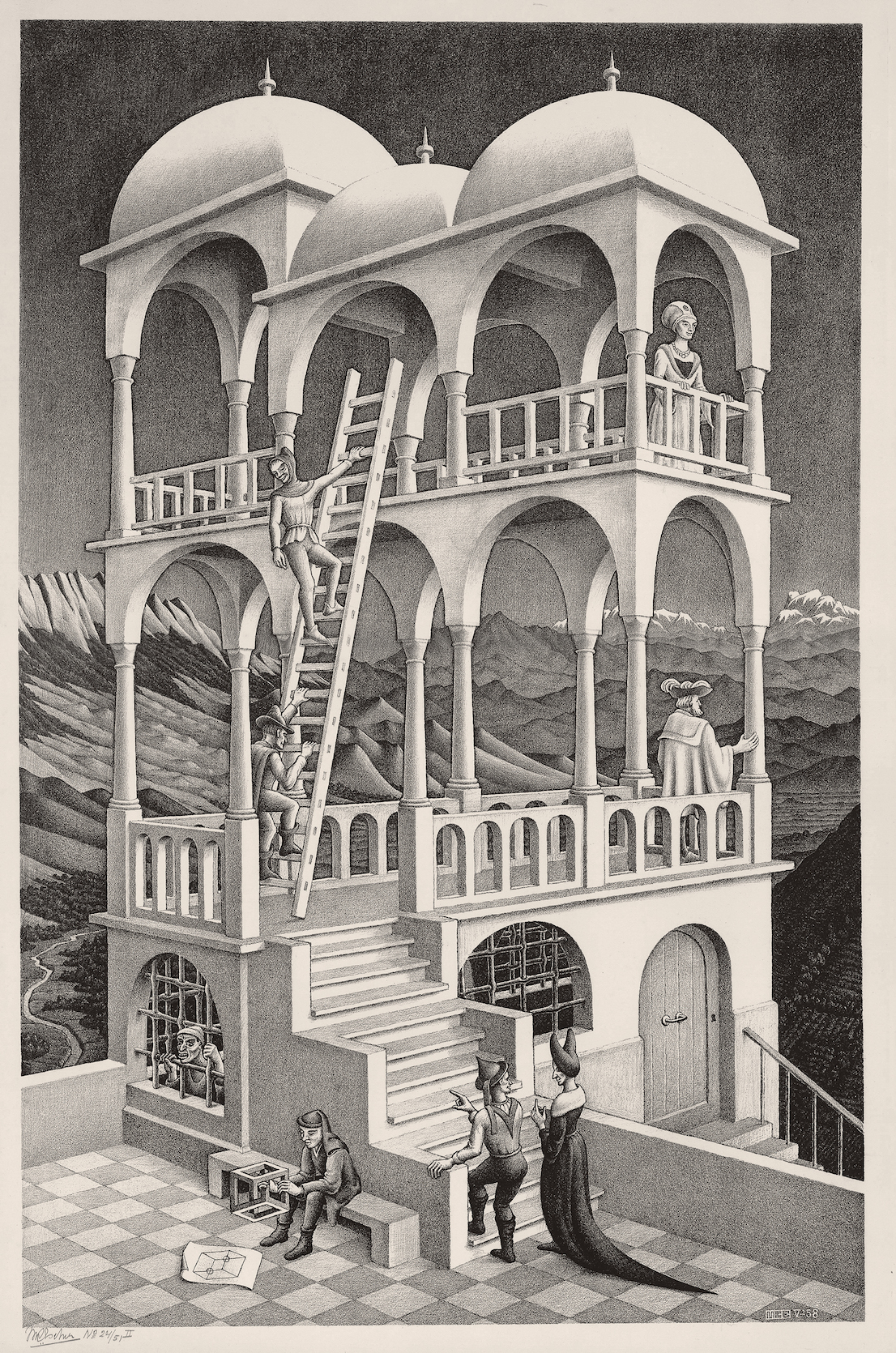
Maurits Cornelis Escher, Belvedere, maggio 1958. Collezione Federico Giudiceandrea. © 2014 The M.C. Escher Company.

Maurits Cornelis Escher, Buccia, 1955. Collezione Federico Giudiceandrea. © 2014 The M.C. Escher Company.

Maurits Cornelis Escher, Mano con sfera riflettente, 1935. M.C. Escher Foundation. © 2014 The M.C. Escher Company.
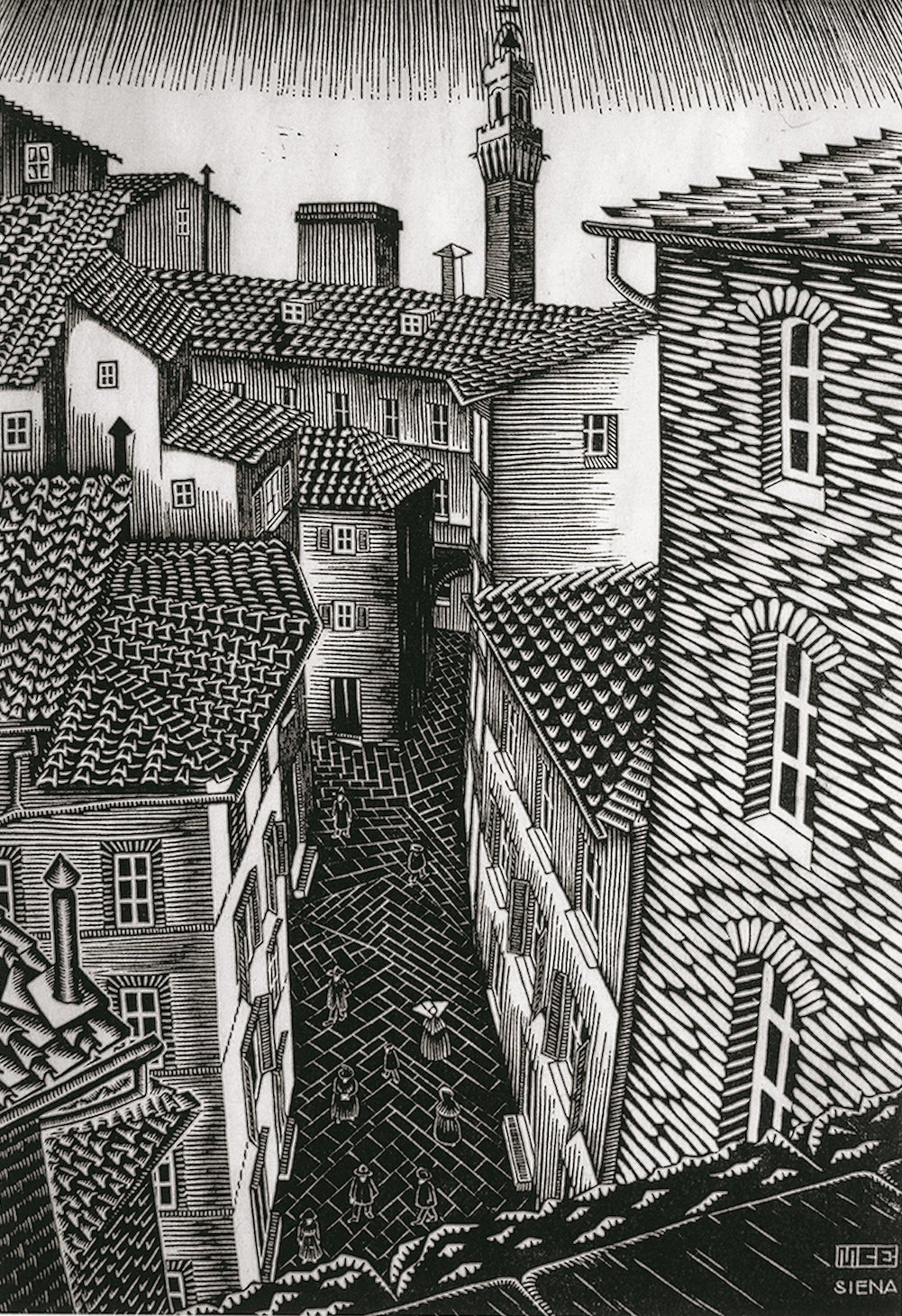
Maurits Cornelis Escher, (Tetti di) Siena, 1922. Collezione Federico Giudiceandrea. © 2014 The M.C. Escher Company.